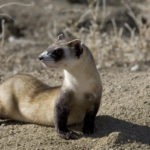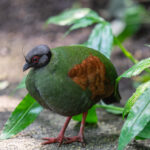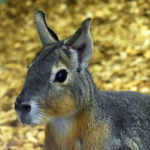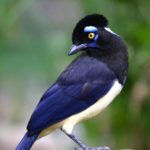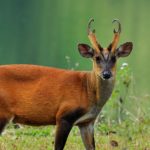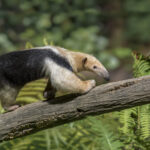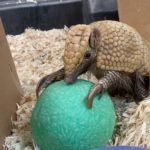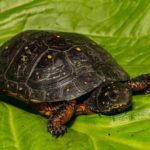OUR MISSION
Our mission is to foster an appreciation for wildlife and the environment that will inspire active participation in conservation. The zoo participates in programs and initiatives that help save wildlife, and it teaches others how they can help prevent species extinction and resource depletion.
PROGRAMS AND PROJECTS
Animal Management Programs
Elmwood Park Zoo works with the Association of Zoos and Aquariums to ensure the survival of critically endangered species.
AZA species survival plan (ssp)
The mission of this program is to manage specific species populations within AZA-accredited zoos and aquariums. The species being managed are often either threatened or endangered and must be conserved in order to ensure their survival. In addition to breeding plans, the Species Survival Plan ensures that the zoo is coordinating with other AZA facilities to maintain a healthy and diverse animal population.
SSP’s are REQUIRED participation for AZA holding facilities if you house or own an animal covered by the SSP. We are required to follow final recommendations for breeding and transfer. Final decisions are made after a comment period where institutions can voice their concerns and opinions.
To qualify as an SSP, a program must fulfill four qualifications.
- The majority of the managed population (>50% of individuals) is housed at AZA member facilities
- The program is not externally managed. This includes cooperatively managed programs where final approval of breed/transfers/husbandry practices/reintroductions fall to or is made in partnership with external entities. (i.e. Black-footed ferret program is monitored and regulated by the US Government.
- Breeding must exceed acquisitions from external sources over the last five years or generation length, whichever is longer.
- The species is held in at least 15 AZA facilities.
SSP’s can be categorized by one of three tiers.
- Provisional: Population does not meet above criteria but has the potential to within 5 years or makes significant progress towards those goals.
- Signature: Population meets the above criteria and will be sustainable.
- Secure: Program meets the above criteria and AZA is relatively certain it will be present in AZA facilities in 100 years as a robust, viable, healthy, biologically sound population.

Animals managed by the SSP
Saving Animals From Extinction (SAFE)
AZA SAFE: Saving Animals From Extinction focuses the collective expertise within AZA-accredited zoos and aquariums and leverages their massive audiences to save species.
SAFE’s focus on in situ (in the field) conservation helps save wild individuals/habitats of species. This can focus on in field work as well as monetary donations. SAFE’s are not mandatory participation. Just because you have a species covered by a SAFE does not mean you have to participate in the program since the program does not focus on the individuals under human care. However, research with such individuals can contribute to care and conservation in the wild. Institutions are also able to join SAFEs even if they don’t have those species in their collection (i.e. North American Songbirds and EPZ). To join a SAFE there is an agreement that the institution has to sign that stipulates requirements for membership such as monetary donation or participation in programs. These requirements can vary based on the individual program and its goals.
Below is a list of SAFE species we have at the zoo:
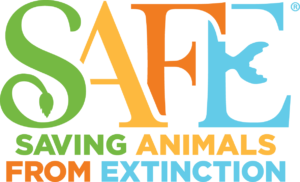
Black-footed Ferret
Spotted Turtle
American Turtle
Jaguar
Ocelot
Chinchilla
North American Bison
Giraffe
Red Panda
North American Songbird
North American Monarch
Conservation Projects
The zoo supports both national and international organizations whose work benefits wildlife and their natural habitats.

Red Panda Network
The Red Panda Network is committed to saving wild red pandas and preserving their habitat through the empowerment of local communities by community-based research, education and carbon mitigation. The network’s community-based monitoring program, Project Punde Kundo, trains locals of Eastern Nepal as professional forest stewards or “forest guardians.” These guardians organize workshops that provide educational training about the importance of red pandas and the fragility of the Eastern Himalayan ecosystem.
El Centro Chaqueño para la conservación e investigación
CCCI began in 1985 with a goal of starting research and captive breeding programs for the Taguå (Chacoan Peccary) due to their alarming decline. In 2010, The Taguå Project became CCCI, a non-governmental organization that continues to expand the work of captive breeding, conservation, health, and sustainable development with an emphasis on the Chaco region of Paraguay. CCCI's has a number of ongoing projects that align with their mission to act as a center for research of national and international information and to strengthen and improve the system of monitoring and management of protected areas, both public and private.Northern Jaguar Project
Uniting organizations on both sides of the U.S.-Mexico border, the Northern Jaguar Project strives to preserve essential jaguar habitats through the establishment, care, and expansion of a safe-haven sanctuary in northern Mexico. They aspire to restore habitats suitable for jaguars and other threatened and endangered species, to support wildlife research and educational programs, and to reduce conflicts between carnivores and humans.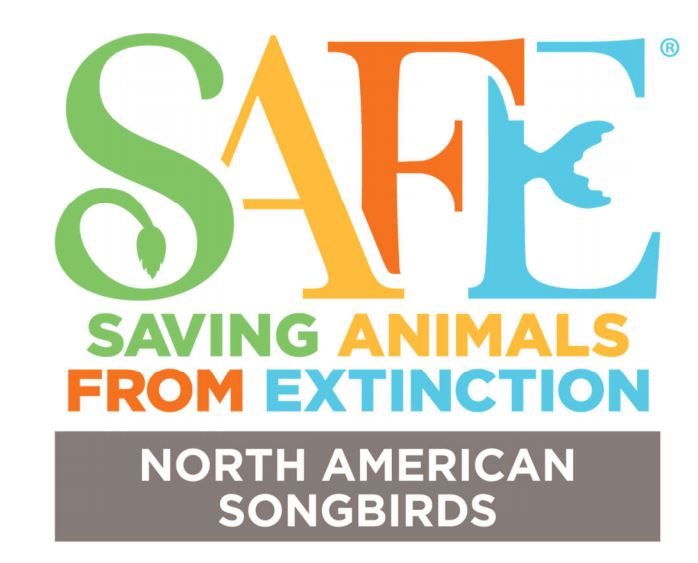
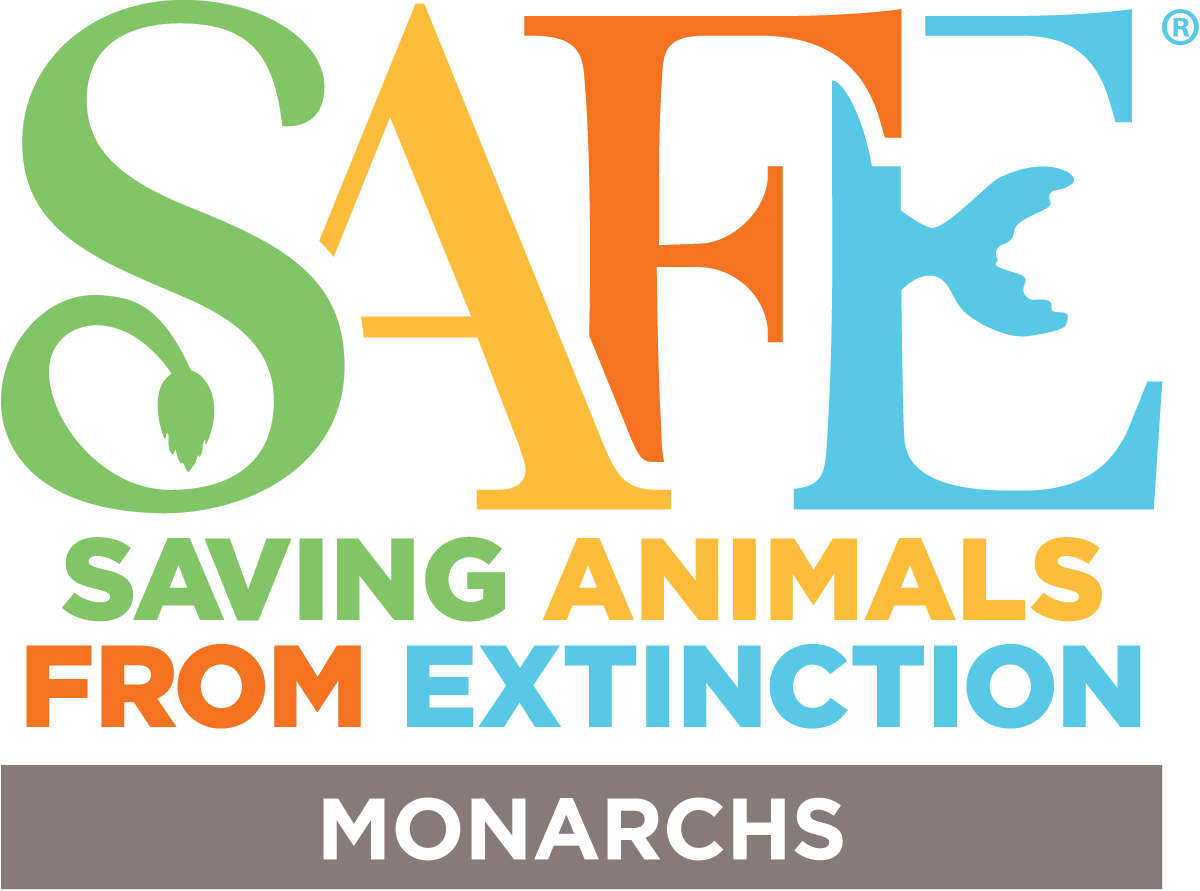
AZA ACCREDITATION

Elmwood Park Zoo is proud to be one of only 230 institutions accredited by the Association of Zoos and Aquariums, a non-profit organization dedicated to the advancement of zoos and aquariums in the areas of conservation, education, science, and recreation. Elmwood Park Zoo’s accreditation was renewed in September of 2022.
PARTNERS








